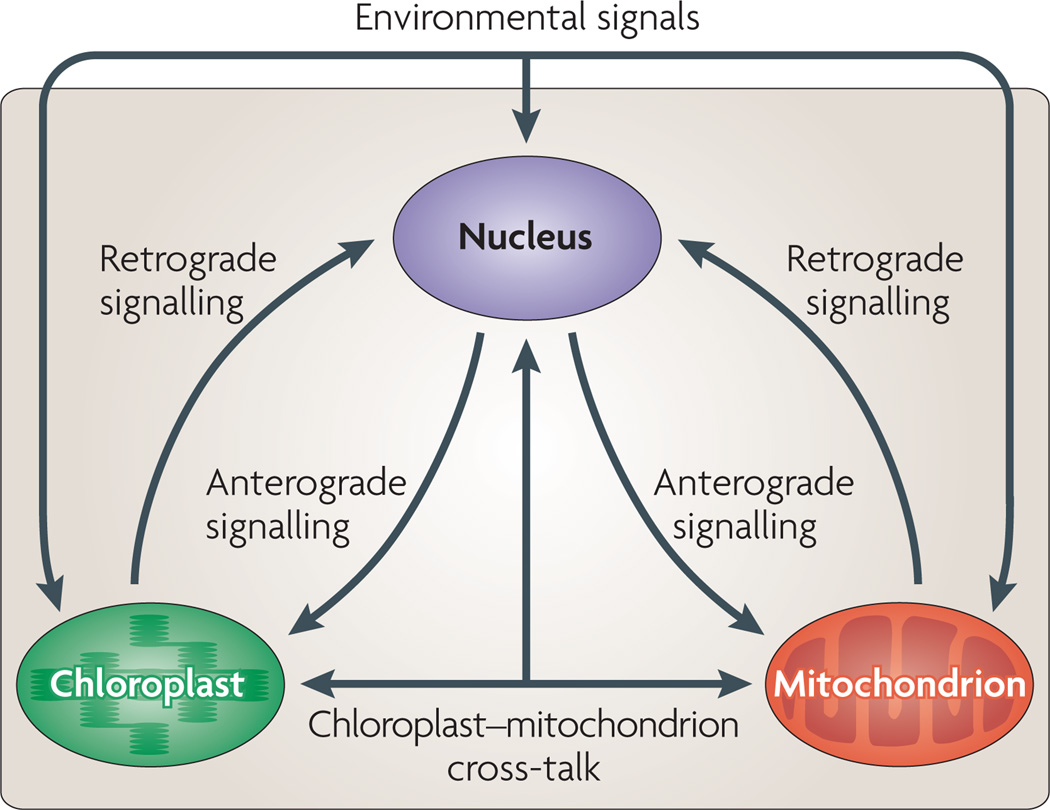Figure 1. An overview of genome co-ordination between the nucleus and intracellular organelles.
The diagram depicts communication between the nucleus, chloroplast and mitochondrion. Details of anterograde signalling and retrograde signalling between the nucleus and the organelles, and of chloroplast–mitochondrion cross-talk are discussed in the main text. Environmental signals such as stress, oxygen or nutrient availability, light intensity or quality, developmental cues, and hormones affect the expression of nuclear genes that encode organellar proteins. This process will, in turn, affect organelle function and gene expression through anterograde mechanisms. Chloroplasts and mitochondria are also able to sense certain environmental conditions and stimuli that can affect their functional activities, for example, light intensity or quality (chloroplasts) and O2 availability (mitochondria). Using retrograde signals, organelles communicate these received stimuli and their functional status to the nucleus, which leads to nuclear gene regulation.

